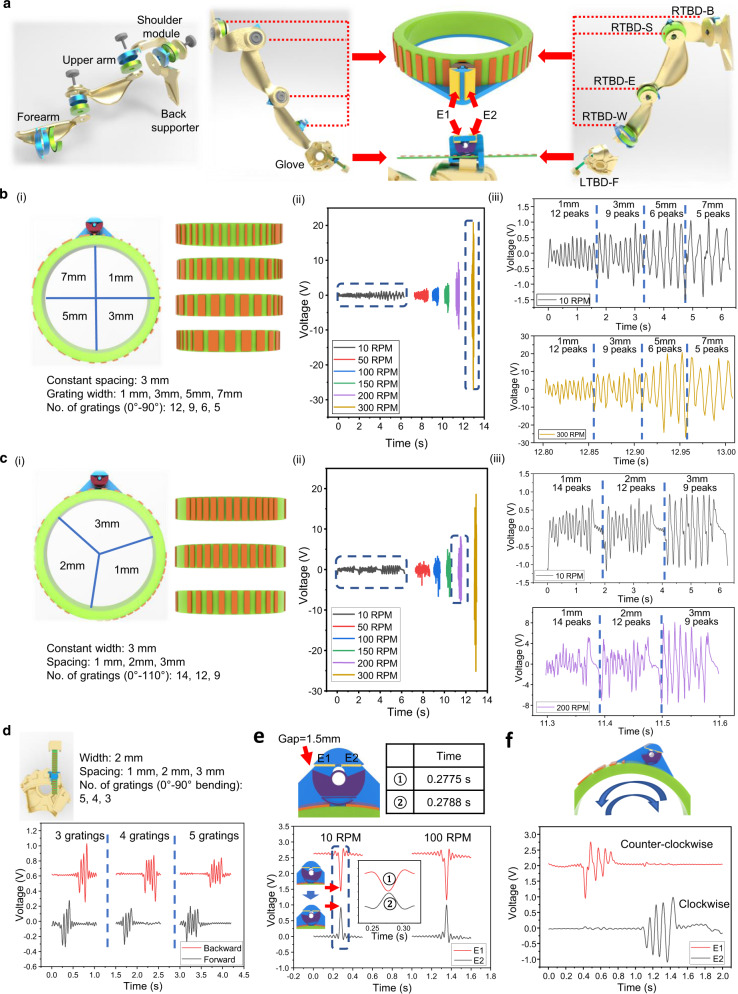Fig. 2. Characterization and optimization of triboelectric bidirectional (TBD) sensors.
a Configuration of the assembly of the exoskeleton sensory system, with the rotational triboelectric bidirectional back (RTBD-B) sensor, the rotational triboelectric bidirectional shoulder (RTBD-S) sensor, the rotational triboelectric bidirectional elbow (RTBD-E) sensor, the rotational triboelectric bidirectional wrist (RTBD-W) sensor, and the linear triboelectric bidirectional finger (LTBD-F) sensor. b (i) Configuration of the varied grating widths (1, 3, 5, and 7 mm) with a constant spacing of 3 mm for a rotation TBD (RTBD) sensor, (ii) measurement of triboelectric output signals from the rotation speed of 10 revolutions per minute (RPM) to 300 RPM, and (iii) the enlarged waveforms of 10 RPM and 300 RPM. c (i) Configuration of the varied spacing (1, 2, and 3 mm) with a constant width of 3 mm for a RTBD sensor, (ii) measurement of triboelectric output signals from the rotation speed of 10 to 300 RPM, and (iii) the enlarged waveforms of 10 RPM and 200 RPM. d Configuration and measured triboelectric output signals for a linear TBD (LTBD) sensor with the varied spacing during the finger bending of 90°. e Response latency of switch (1.5 mm gap) during the changing of the rotation directions. The inserted graph is the enlarged waveform of 10 RPM, and the time of the peak voltages of the separation (1) and contact (2) signals are provided. f Measured signals for bidirectional rotation with the grating pattern of four varied widths (1, 3, 5, and 7 mm).

